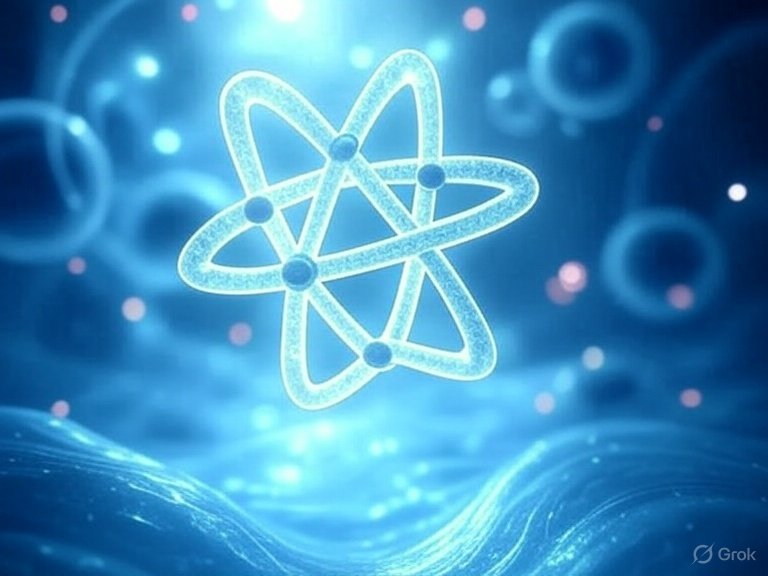
Monoethanolamine (MEA) Triazine is a widely utilized chemical in the oil and gas industry for removing hydrogen sulfide (H₂S), a toxic and corrosive gas, from gas and liquid streams. Its popularity stems from its effectiveness, cost-efficiency, and ease of application. Below, we explore why MEA Triazine is a preferred H₂S scavenger, along with its benefits and drawbacks.
Why MEA Triazine is Frequently Used
MEA Triazine, formed by reacting monoethanolamine with formaldehyde, is highly effective at neutralizing H₂S, making it ideal for sweetening sour gas, preventing pipeline corrosion, and ensuring safety by reducing H₂S concentrations. Its chemical properties make it suitable for various applications in oil and gas production, including natural gas processing and refinery operations.
Benefits of MEA Triazine
- High Reactivity with H₂S: MEA Triazine reacts quickly and irreversibly with H₂S, forming stable, non-toxic byproducts like dithiazine. This reduces H₂S levels to meet safety and pipeline specifications (typically below 4 ppm).
- Cost-Effectiveness: Compared to alternatives like solid scavengers (e.g., iron oxide) or other chemicals (e.g., glyoxal), MEA Triazine is relatively inexpensive and requires minimal capital investment for injection systems.
- Versatility: Effective in both gas and liquid phases, it is suitable for diverse applications, including high-pressure and high-temperature environments.
- Ease of Use: Its liquid form allows for straightforward injection into pipelines or storage tanks using simple metering pumps, supporting both continuous and batch treatments.
- Low Corrosivity: Non-corrosive to equipment, MEA Triazine reduces maintenance costs and extends the lifespan of pipelines and processing units.
- Environmental and Safety Benefits: The reaction products are less hazardous than H₂S, improving worker safety and reducing environmental risks associated with H₂S emissions.
Drawbacks of MEA Triazine
- Formation of Byproducts: The reaction produces dithiazine, which can form solids or scale, potentially causing fouling or blockages in pipelines and equipment.
- Limited Capacity: Due to its stoichiometric reaction, high H₂S concentrations may require large volumes of triazine, increasing costs and logistical challenges.
- pH Sensitivity: Performance may decrease in highly acidic environments, necessitating pH adjustments or alternative scavengers.
- Potential for Amine Contamination: Residual MEA or byproducts can contaminate downstream processes, such as amine units for CO₂ removal, affecting efficiency.
- Environmental Concerns: Improper disposal of spent triazine or byproducts can pose environmental risks, and trace formaldehyde may raise regulatory concerns.
- Temperature Limitations: At temperatures above 120°C, MEA Triazine may degrade, reducing effectiveness and forming unwanted byproducts.
- Selectivity Issues: While primarily targeting H₂S, it may react with CO₂ or mercaptans, reducing efficiency in systems with high levels of these compounds.
Conclusion
MEA Triazine is a preferred H₂S scavenger due to its cost-effectiveness, high reactivity, and operational simplicity. It excels in applications requiring rapid H₂S removal with minimal infrastructure. However, challenges like byproduct formation, limited scavenging capacity, and environmental concerns require careful management. Operators should consider system-specific conditions (e.g., H₂S concentration, temperature, and pH) when choosing MEA Triazine over alternatives like solid scavengers or oxidative scavengers.





